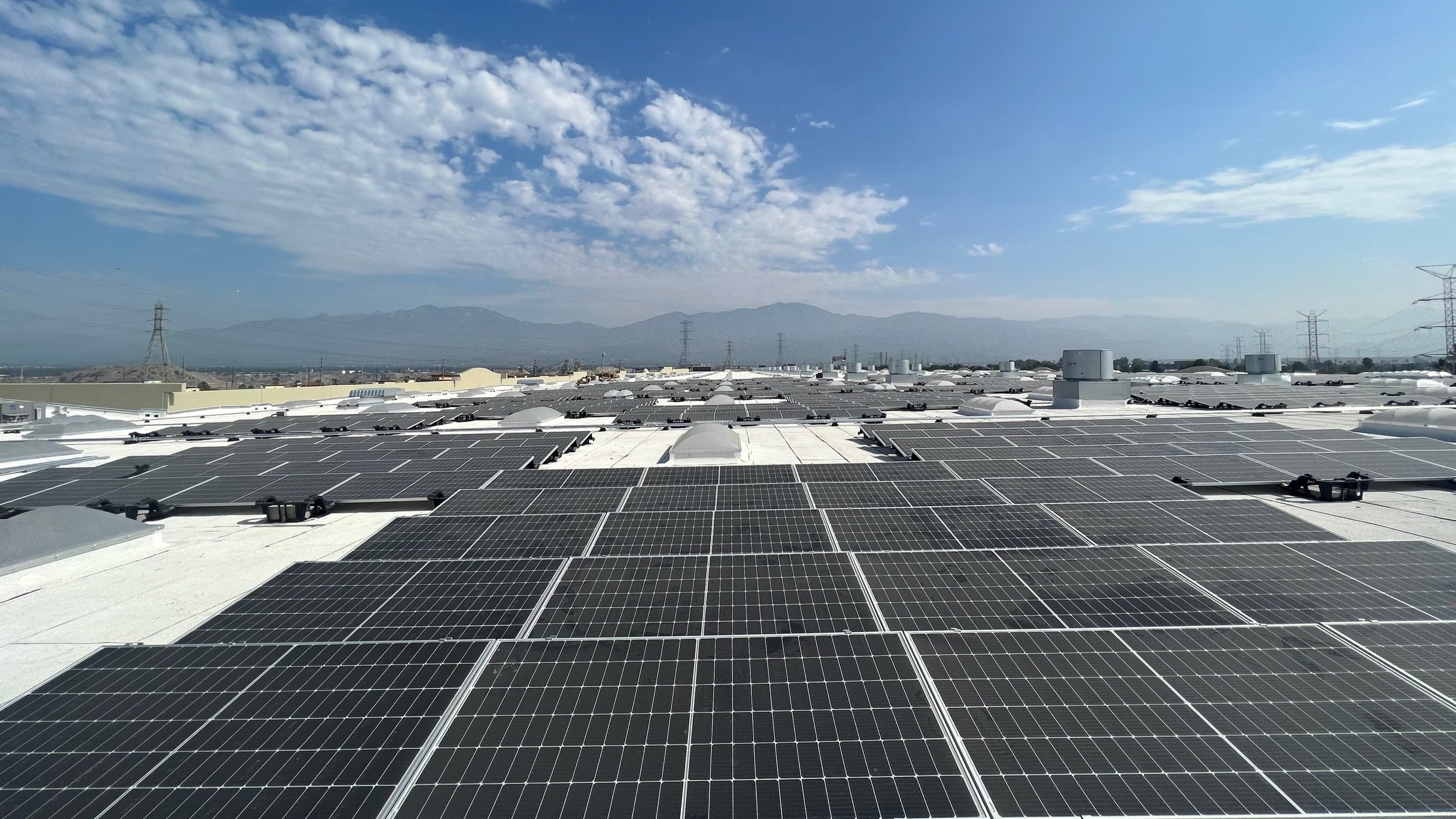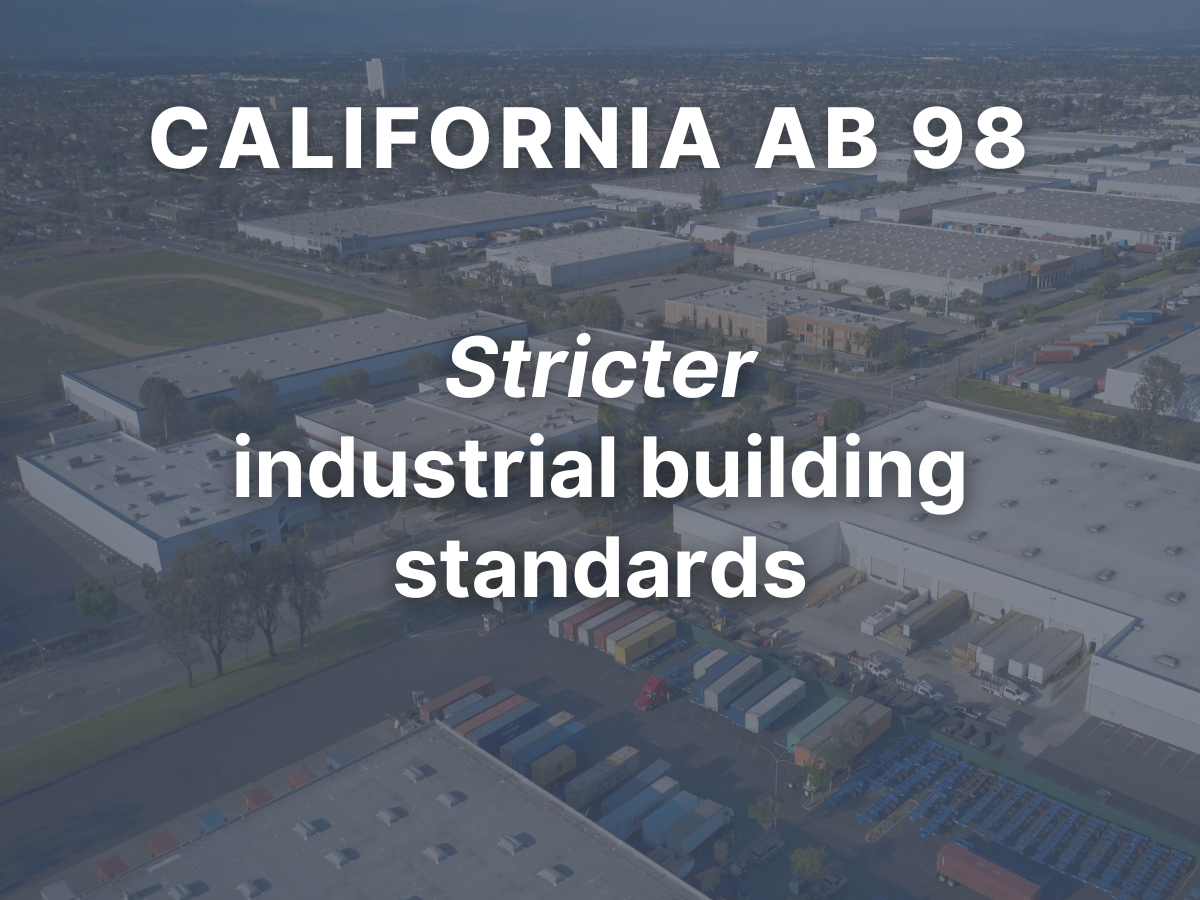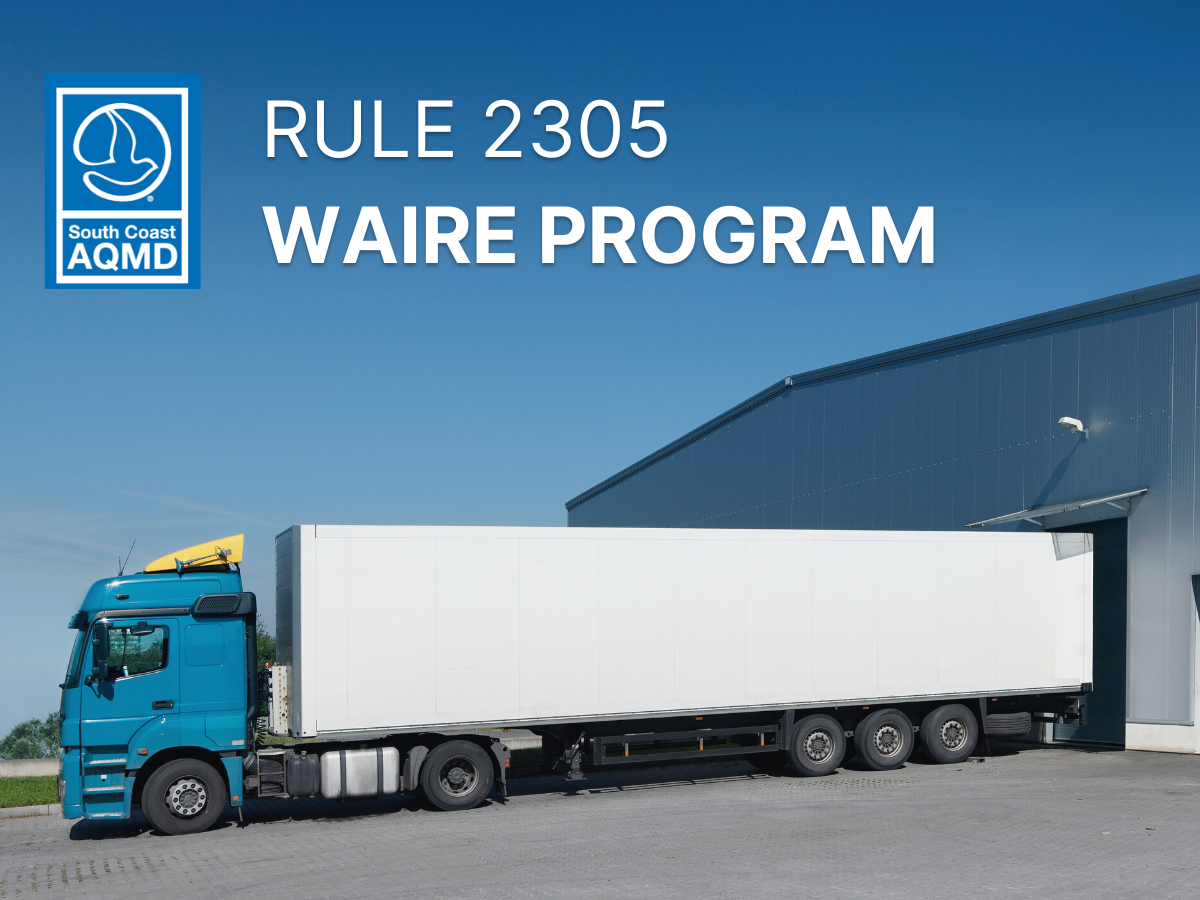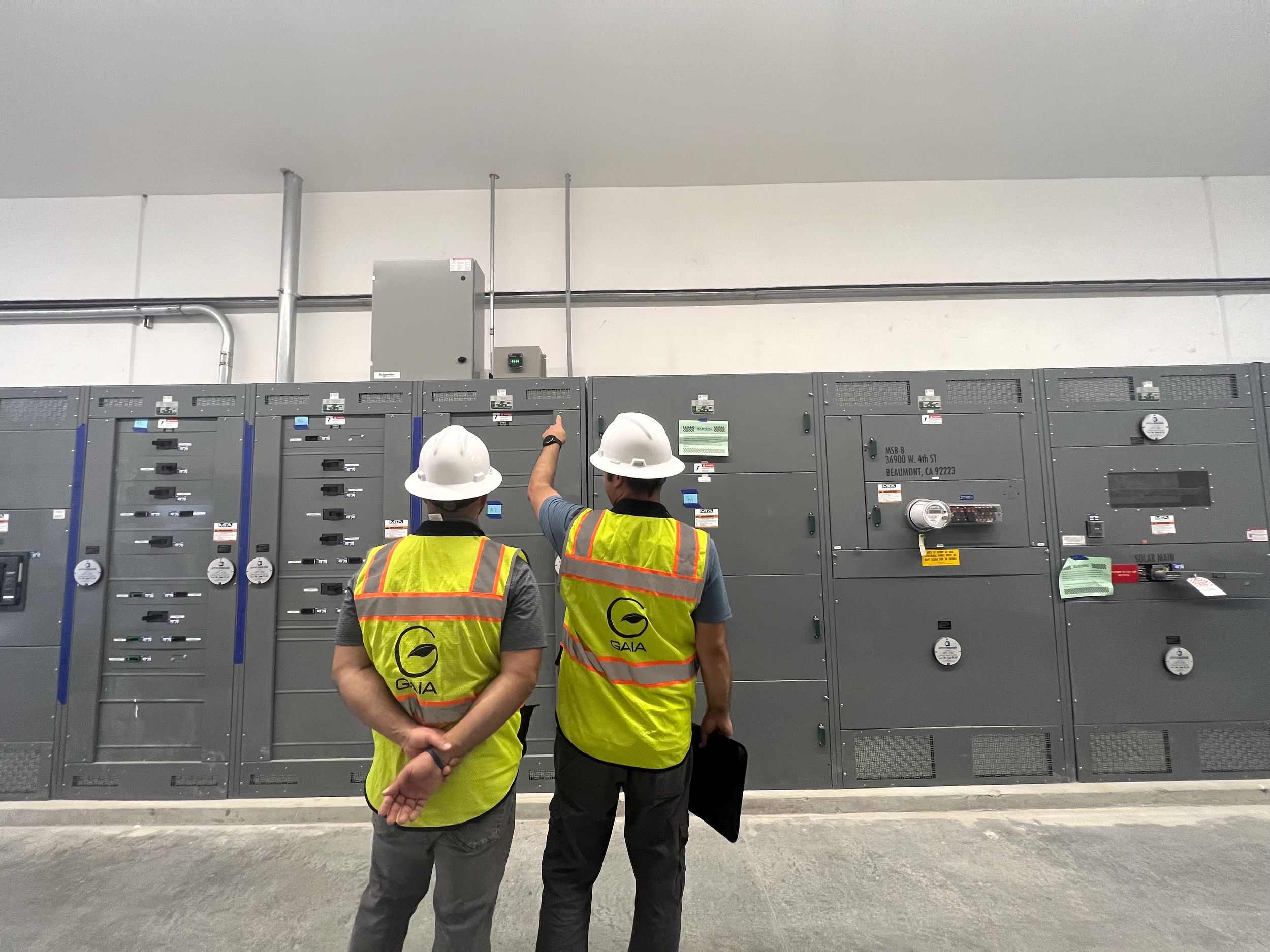California’s Assembly Bill 98: Impacts on Industrial Warehouses and Logistics Facilities
California’s Assembly Bill 98 (AB 98), signed into law on September 29, 2024, is reshaping the way industrial buildings are designed and operated. The legislation aligns industrial activities with California’s decarbonization and sustainability objectives while addressing environmental and community health concerns.
Overview of AB 98
Mandatory standards for industrial and logistics facilities over 100,000 square feet, applicable to new developments and expansions, effective January 1, 2026.
Cities and counties must align their truck route planning and zoning regulations by January 1, 2028.
Aims to implement energy-efficient technologies, adopt electrification strategies, and incorporate renewable energy systems, including solar panels, battery storage, and advanced building automation systems.
Tier 1 warehouses are those that are 250,000 square feet or larger and subject to stricter design requirements.
Key Implications and Requirements for Industrial Buildings
Energy Efficiency
Industrial buildings must adopt all-electric systems for HVAC, water heating, and critical infrastructure needs to operate without emitting carbon, meeting zero-emission standards.
New Solar and Storage Requirements
Industrial buildings must already install on-site renewable energy systems, like solar photovoltaic (PV) panels systems and battery energy storage. AB 98 adds the requirement that all warehouse square footage should be considered conditioned space which imposes significant additional costs on project development budgets.
This can significantly increase the system sizes required by Title 24 minimum requirement for solar and storage on new construction projects.
Tier 1 warehouses must install microgrid-ready switchgear and advanced smart metering.
Microgrid-ready switchgear enables seamless integration with solar panels and battery storage, allowing facilities to generate, store, and manage their energy while maintaining resilience during grid outages.
Partnering with a Solar Owner’s Rep helps developers turn this new cost center into a profit center.
Solar panels on a California industrial building rooftop
EV Infrastructure for Tier 1 Warehouses
50% of parking spaces are equipped with EV infrastructure and 10% with operational EV charging stations. This facilitates the transition to electric fleets and reduce emissions from logistics operations.
Transitioning to Zero-Emissions Equipment
Transition plans for forklifts and other equipment are required, with the expectation that all feasible operations will transition to zero-emission alternatives by January 1, 2030.
SSA Marine large capacity Wiggins electric forklift in use at the Port of Stockton and the Port of West Sacramento.
Regional Focus and Community Protections
Stricter Standards in High-Concentration Warehouse Areas
Regions such as Riverside and San Bernardino counties, known for their dense warehouse activity, are subject to stricter standards:
Air quality monitoring systems will be deployed, and reports on pollution impacts must be submitted in 2028 and 2033.
Cities and counties in these regions must update truck routes by 2026 to reduce community exposure to logistics-related emissions.
Safeguards for Sensitive Receptors and Nearby Communities
The bill aims to reduce the environmental and health impact on sensitive receptors, such as residential areas, schools, and hospitals:
Buffers and screening, including walls and landscaping, are required to separate logistics operations from sensitive receptors.
Loading bays must be positioned at least 300–500 feet from property lines, depending on the development type.
Diesel truck idling is prohibited and must use plug-in capabilities at loading bays.
Air Quality Monitoring and State Reporting
Mobile air monitoring systems will be deployed to measure air pollution in Riverside and San Bernardino counties (warehouse-concentration regions).
Reports on the environmental impact will be submitted to the state by 2028 and 2033.
A data visualization shows the average concentration of PM2.5 particulate pollution in the Los Angeles region from 2000 to 2018, along with the locations of nearly 11,000 warehouses. Darker red indicates higher concentration of these toxic particles; small black circles represent warehouse locations. Credit: NASA Earth Observatory
AB 98 builds on California’s existing sustainability framework, including the South Coast Air Quality Management District’s Rule 2305 (WAIRE Program), further tightening emissions regulations in key regions
Regulations on New Developments
Sustainable Land Use and Zoning Requirements
AB 98 imposes restrictions to ensure that new logistics projects align with land-use planning and environmental priorities:
Warehouses must be located in zones appropriate for heavy truck traffic, such as arterial roads, thoroughfares, and commercial zones.
Projects on non-industrial land face additional scrutiny, requiring enhanced entitlement processes and community safeguards.
Housing Replacement and Tenant Protections
In cases where logistics projects lead to the demolition of residential units, AB 98 includes housing replacement and tenant protection measures:
Developers must replace demolished housing units with two (2) new affordable units within the same jurisdiction.
Tenants displaced by such projects are entitled to 12 months’ rent compensation.
Community Input and Compliance Enforcement
AB 98 emphasizes community engagement and regulatory enforcement:
Public input is required for decisions on how penalties from environmental violations are spent.
The Attorney General may impose fines of up to $50,000 every six months on cities or counties that fail to update truck routes or comply with other standards.
Exemptions for Grandfathered Projects
Projects already in development or those that entered the entitlement process by September 30, 2024, are exempt from the new requirements under AB 98.
Preparing for Compliance
For those in the industrial real estate sector, AB 98 is a call to action. While the bill aims to enhance California's green building landscape, it also presents challenges—compliance will require significant planning and investment. However, with proper guidance by experienced sustainable building consultants, the long-term benefits of lower energy costs, improved building performance, and higher asset values are substantial.
How AB 98 Expands Title 24 Standards for Industrial Buildings
AB 98 goes beyond Title 24 by requiring specific EV infrastructure measures, including the pre-installation of conduits for 50% of parking spaces and operational chargers for at least 10%—for warehouses over 250,000 square feet.
These additions align with California’s decarbonization goals while addressing the environmental challenges of large-scale industrial developments. Beyond energy efficiency, AB 98 integrates broader community protections, such as mandatory air quality monitoring and buffer zones to shield nearby residential areas and sensitive receptors from operational impacts.
For developers, this alignment ensures compliance with existing energy codes while positioning facilities to meet stricter future regulations. By bridging energy performance with community health measures, AB 98 sets a new benchmark for sustainable industrial construction and positions California as a leader in logistics infrastructure.
Need help navigating AB 98?
To remain competitive in this evolving regulatory environment, industrial real estate developers should assess the implications of these standards and prioritize strategic compliance. Our team of consultants are available at hello@gaiadevelopment.com.















